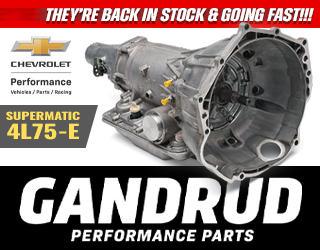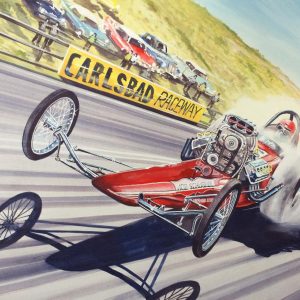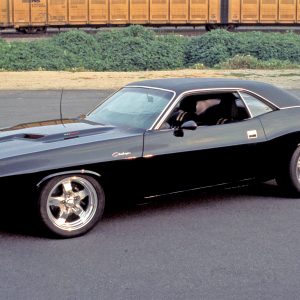Engine
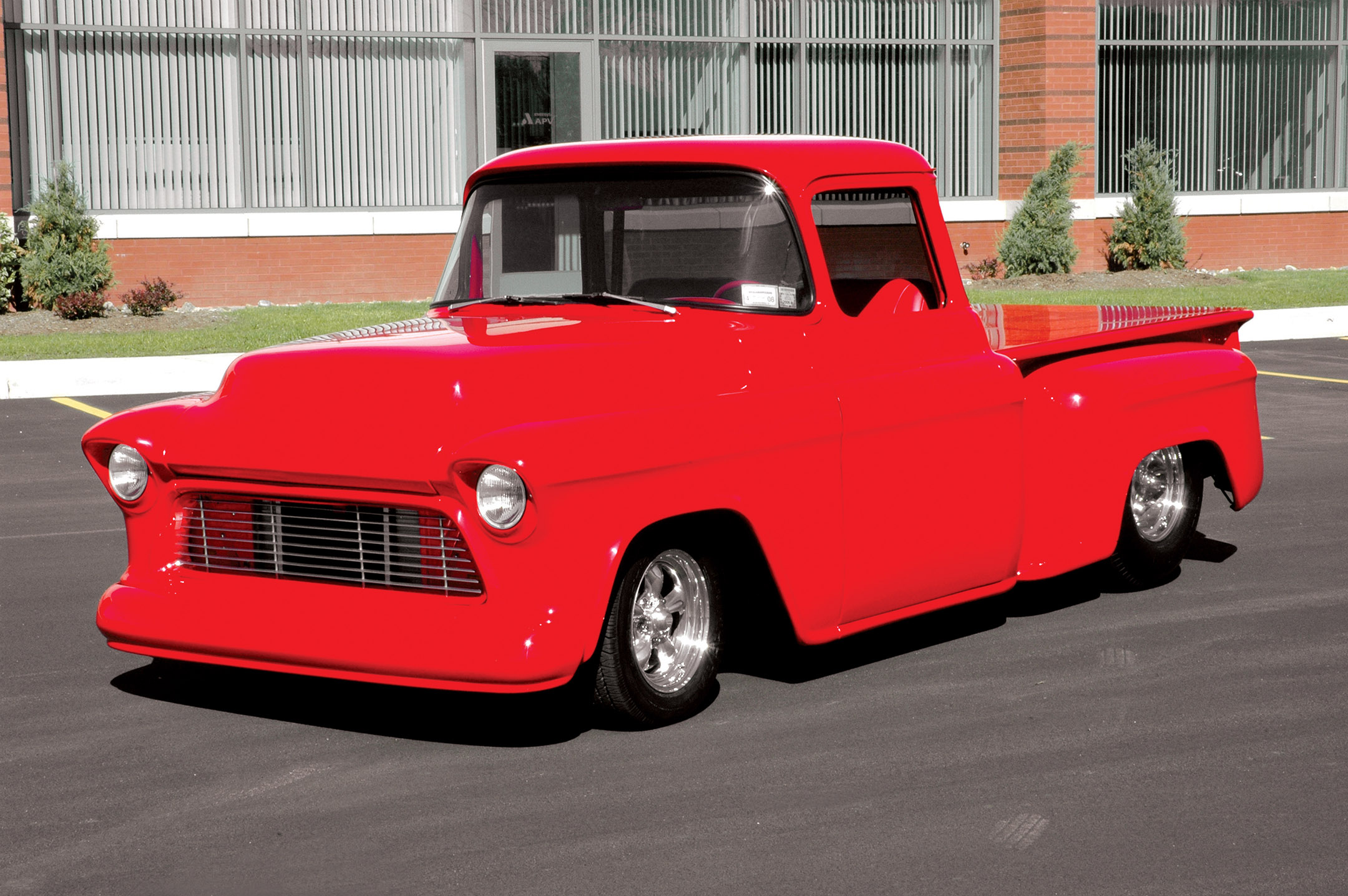
It often takes a serious challenge to test a person’s capabilities. After years of driving a string of performance cars, Terry Short wanted something different sitting in his North Tonawanda, New York, garage. So, he set out and found this ’55 Chevy big-window pickup in an apple orchard. He just knew he had met his challenge.
Terry Short’s ’55 Chevy pickup has a just-right rake, a monochromatic finish on a super-smooth body and a potent big-block Chevy. All these elements combine to make this Hot Rod Red truck a perfect cruising machine. Short’s goal was to build a truck that if you couldn’t see it, then you could certainly hear it coming. Though the roof went unchopped, the remainder of the body was extensively reworked and is devoid of chrome accessories.
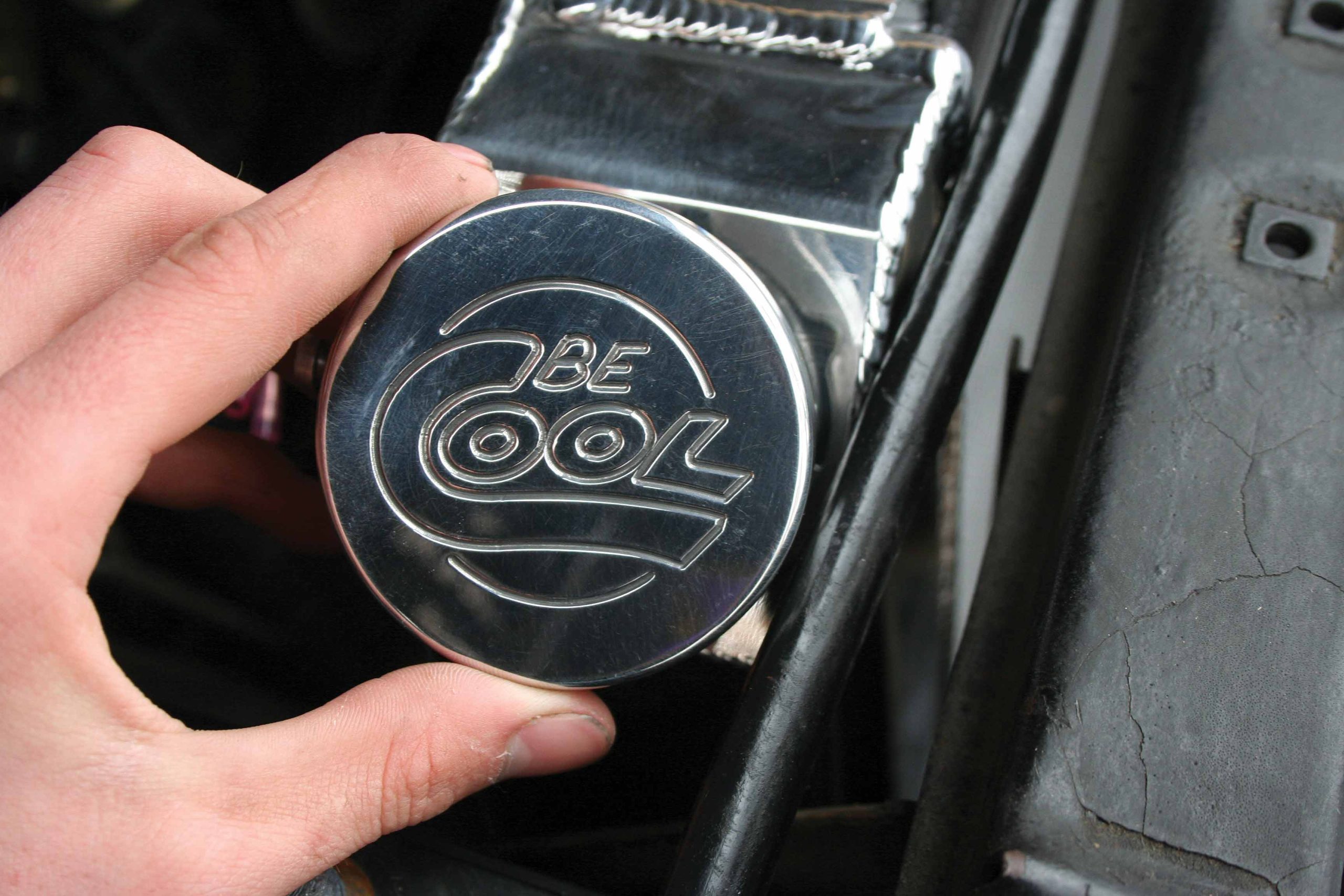
Be Cool is no newcomer to cooling heavy metal. For years it has provided cooling solutions for some of the most impressive high-performance engines to rumble down the streets and dragstrips of America. The folks at Be Cool understand that having the proper cooling components in any car or truck is vital to keep an engine safely within its operating temperature range. They also understand that to make cooling and installation easier, they had to design a full bolt-in system, a system that would fit hundreds of applications for classic cars and trucks, as well as more modern vehicles that also need cooling help.
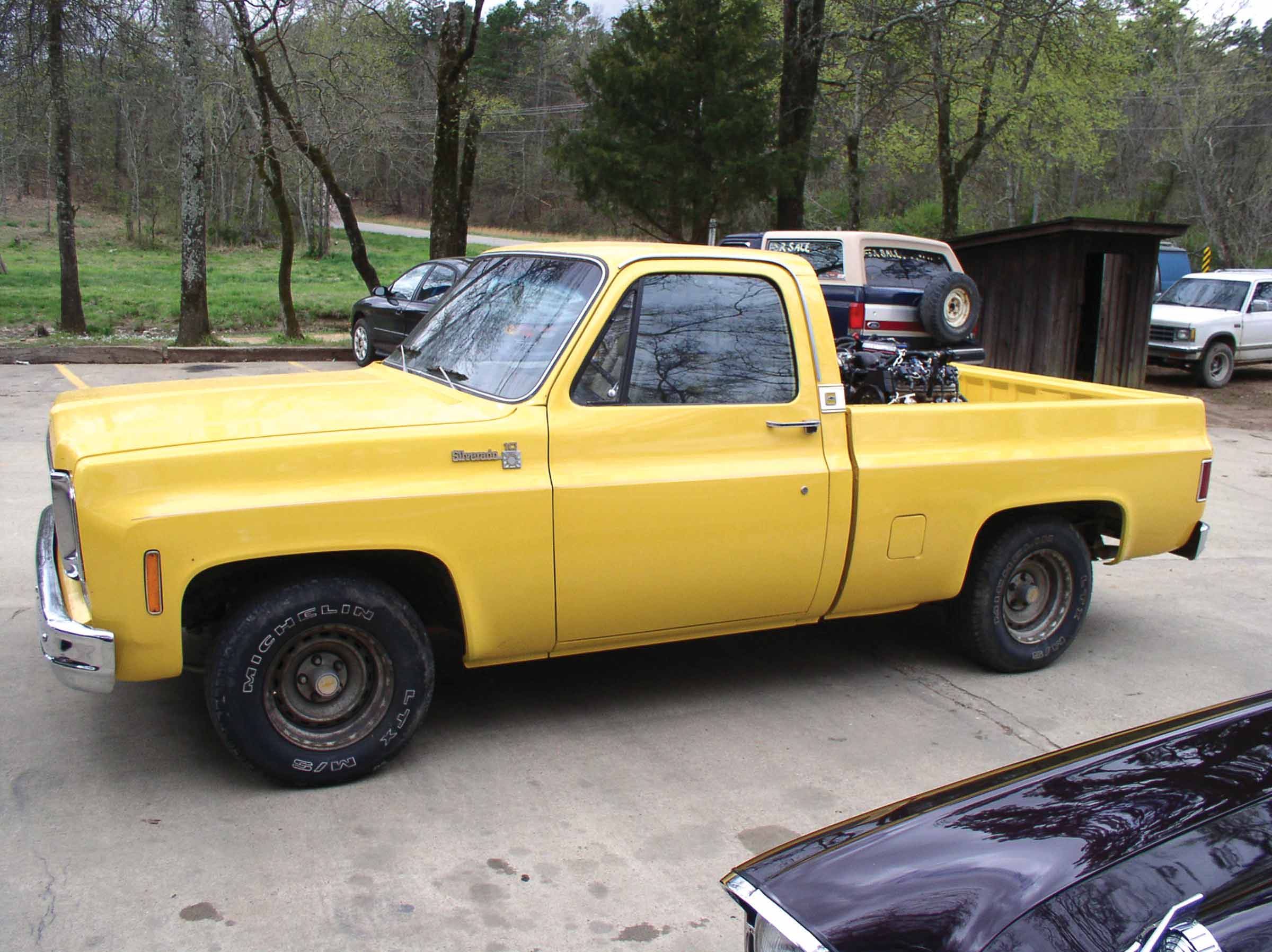
The owner of this ’77 Chevy pickup got tired of the performance and poor fuel economy of the truck’s 350 small block, and rather than rebuild the engine, he decided to replace it with something better. If there’s an engine better than a small-block Chevy, it’s one of Chevy’s new Gen-III small-block engines, which include the Vortec truck motors, LS1/LS6, and even the new LS2/LS7.
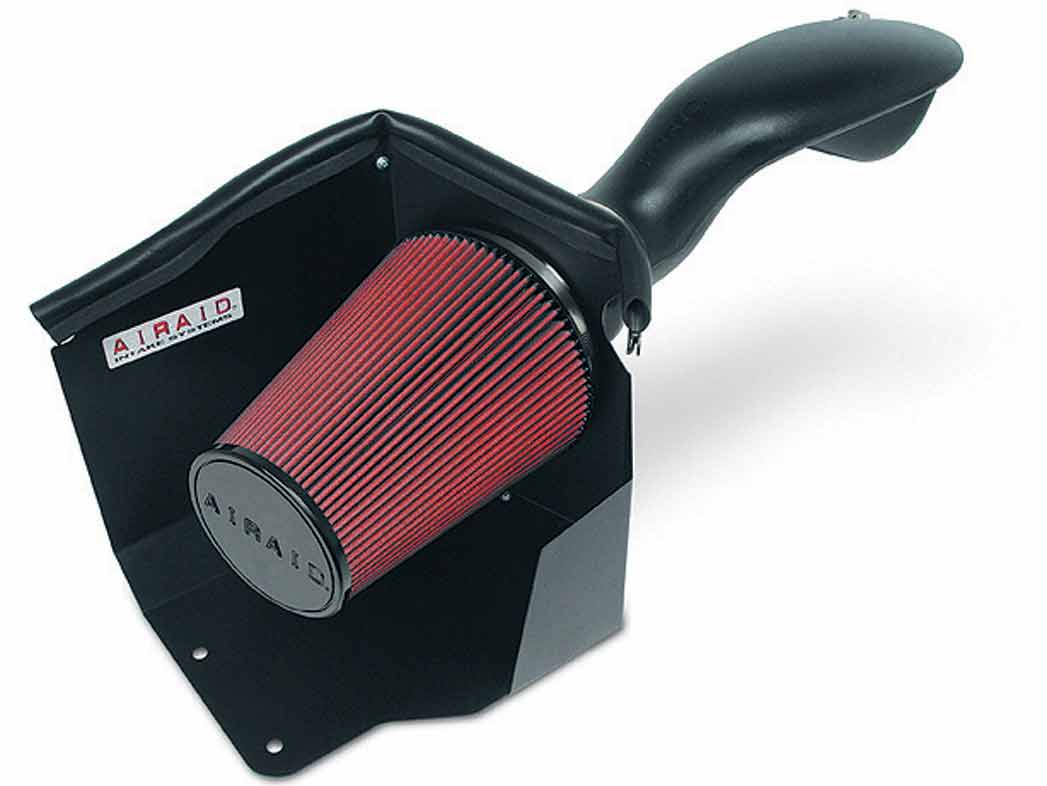
Delve into the power principle of better breathing in engines, focusing on the intake side and how Airaid’s intake system improves airflow to increase rear wheel horsepower by up to 18 in late-model GM trucks.
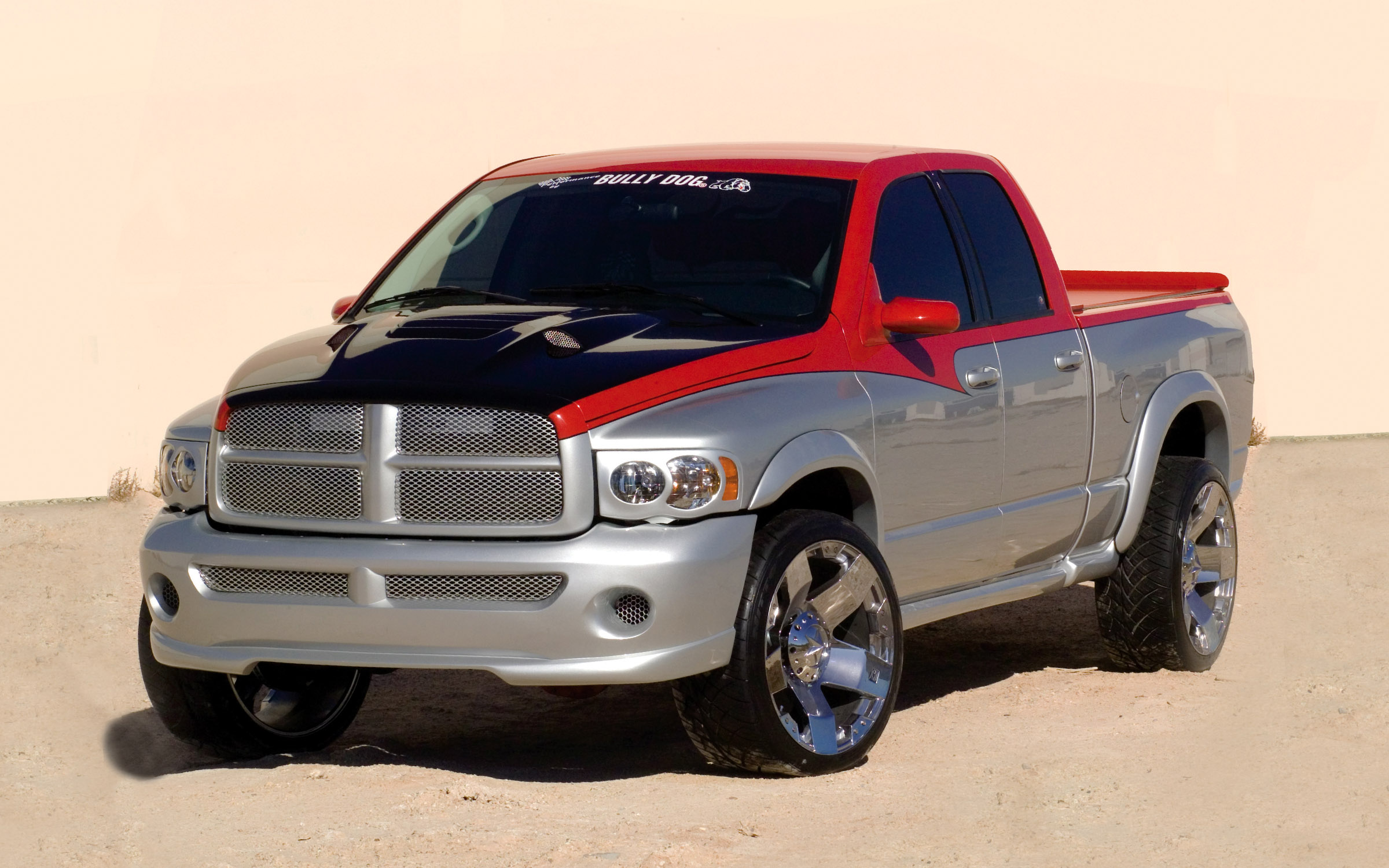
Bully Dog Technologies, located in Aberdeen, Idaho, designs and develops some great bolt-on power products for the diesel aftermarket. Creating these pieces involves literally hundreds of hours in R&D and design work with some of the brightest engineers and technicians around. But, as you can imagine, it’s fun work.
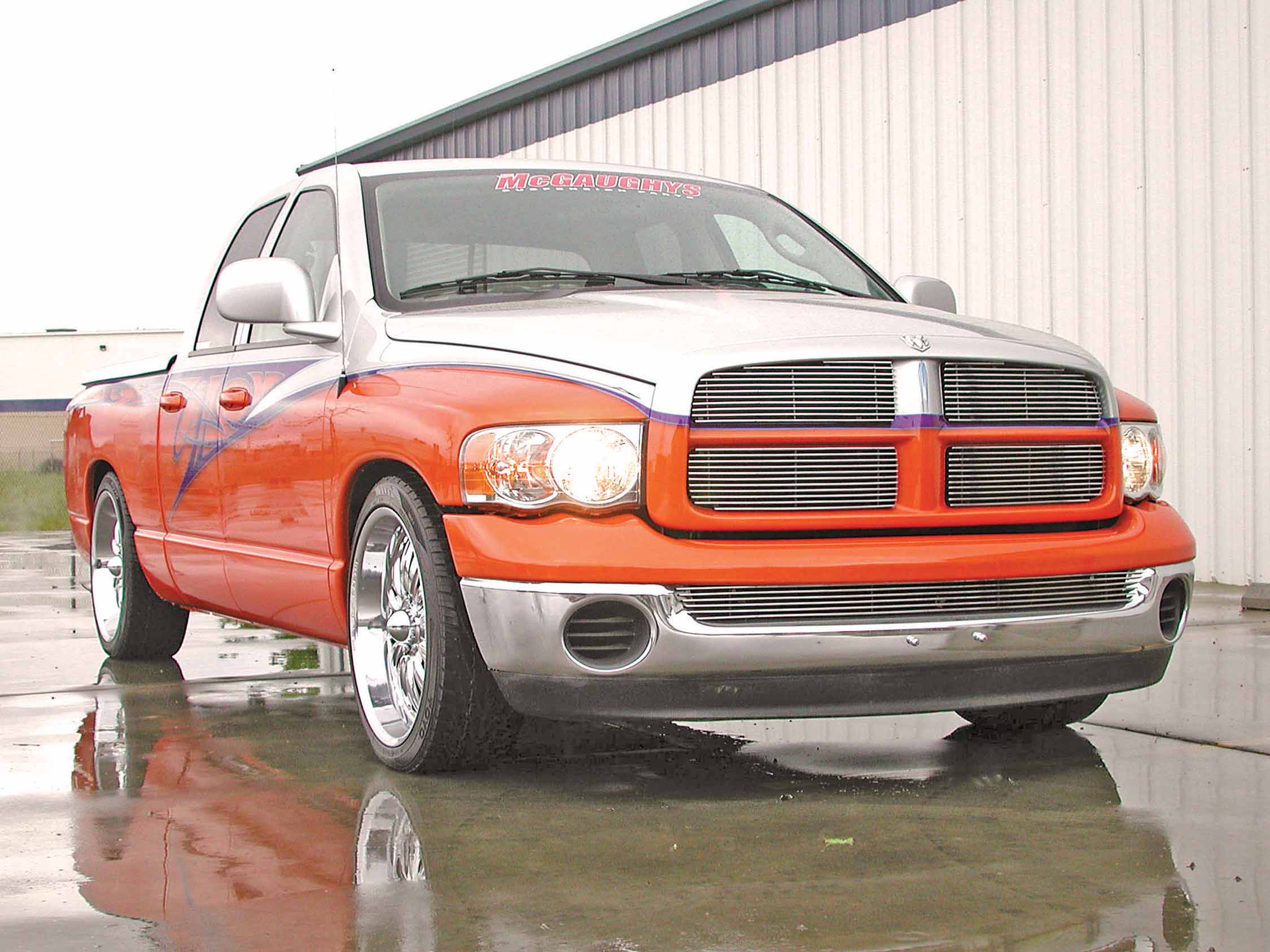
Learn about McGaughys Suspension Parts’ innovative airbag spring helper kit designed specifically for the 2002-2005 Dodge Ram 1500 series, enabling truck owners to use their street trucks for hauling tasks while still enjoying the benefits of lowered suspension.

It can be argued that one of the best mods you can make to an LS-based or Gen III motor is a camshaft change. With the number of aftermarket companies making many different types, a good cam can be found for anywhere from $300 to $1,000, depending upon what type of power you want to make and how sophisticated the cam package is. Because 99.99 percent of all vehicles on the road today are computer controlled, most aftermarket companies are able to suggest whether a new tune will be necessary or if the stock one will suffice. But with so many different options out there, it can be quite confusing as to which is the right one for you.
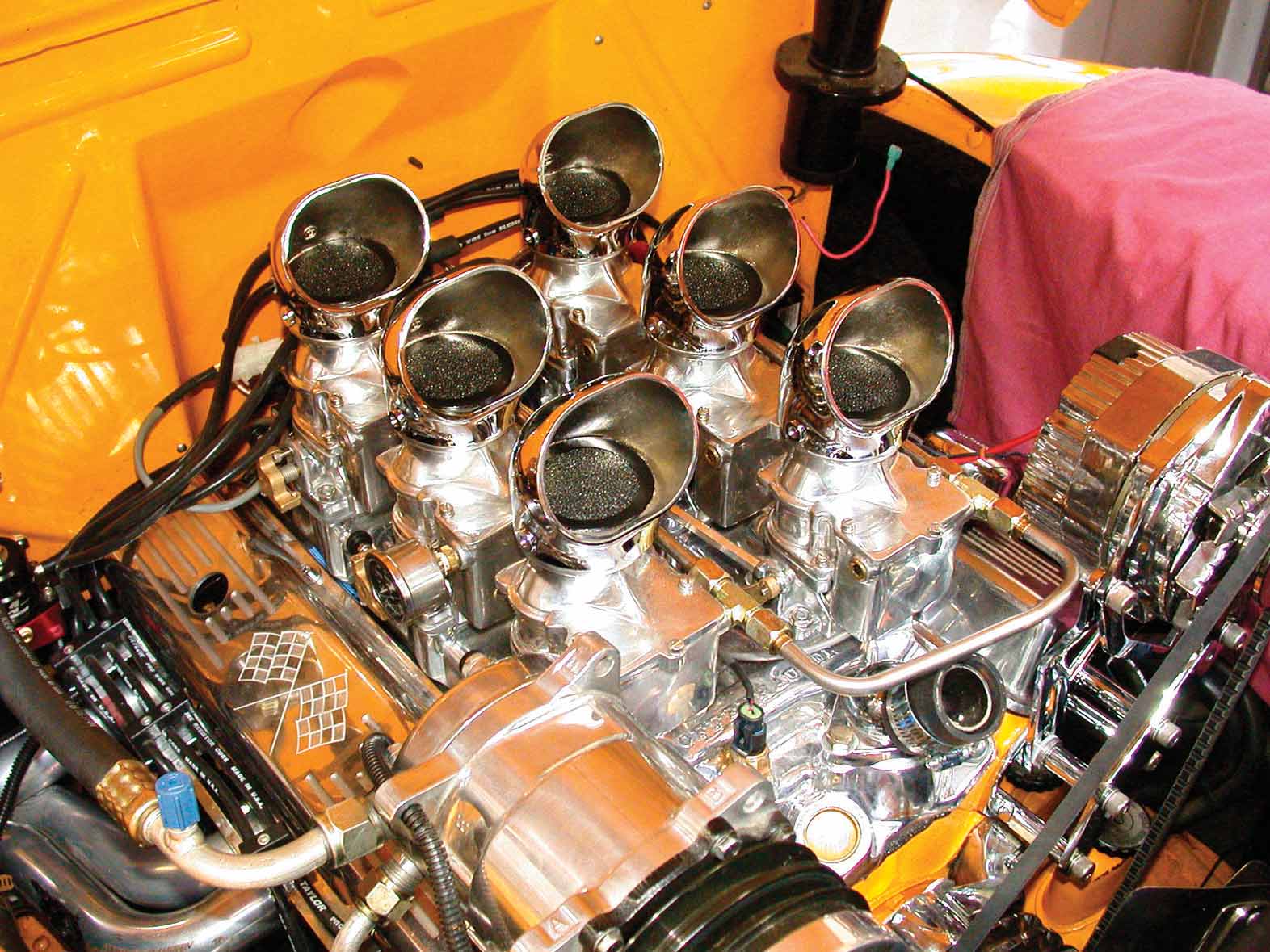
Those who longed for their engines to look as they did back in the old days of multiple-carb setups were out of luck. Cool as they were to look at, there are lots of reasons why the multi-carb setup fell out of favor, and most of them had to do with the fact that they were a bear to sync. The advent of the four-barrel carb was the death for these systems, though the purists among us prayed for a breakthrough. Thanks to Ken Farrell and his company, Retro Tek, those prayers have been answered. Farrell started off converting old mechanical fuel injection systems (Hilborn & Enderle) when the first aftermarket EFI systems became available. His new system, which uses the latest in EFI mated together with the classic Stromburg 97 design, came about when Farrell saw that there was interest in the benefits of EFI, but he also knew that they were lacking in the looks department. The idea was simple take the best aspects of both and add them together.
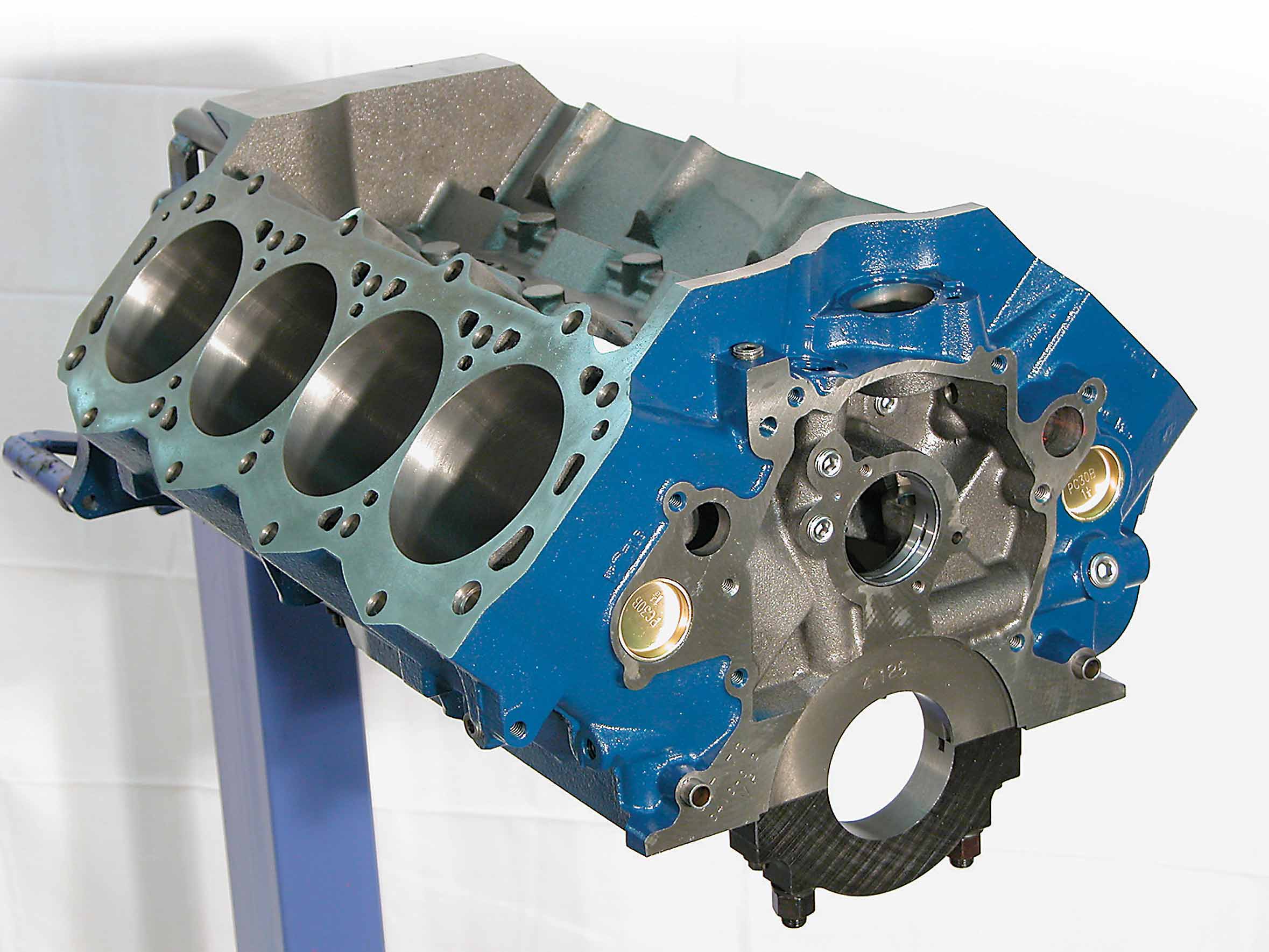
Ford engines are hot, and everyone—even non-Ford guys—are talking about it. The small-block Ford is an awesome package that is made even more awesome by Ford Racing and aftermarket parts. It has continually gained popularity as a high-performance buildup, as a Ford In A Ford engine transplant and as a replacement performance engine for vehicles that were optioned as such but were less equipped when new. With all of this activity surrounding the small-block Ford engine, it is safe to say that it is quickly becoming the small block of choice.
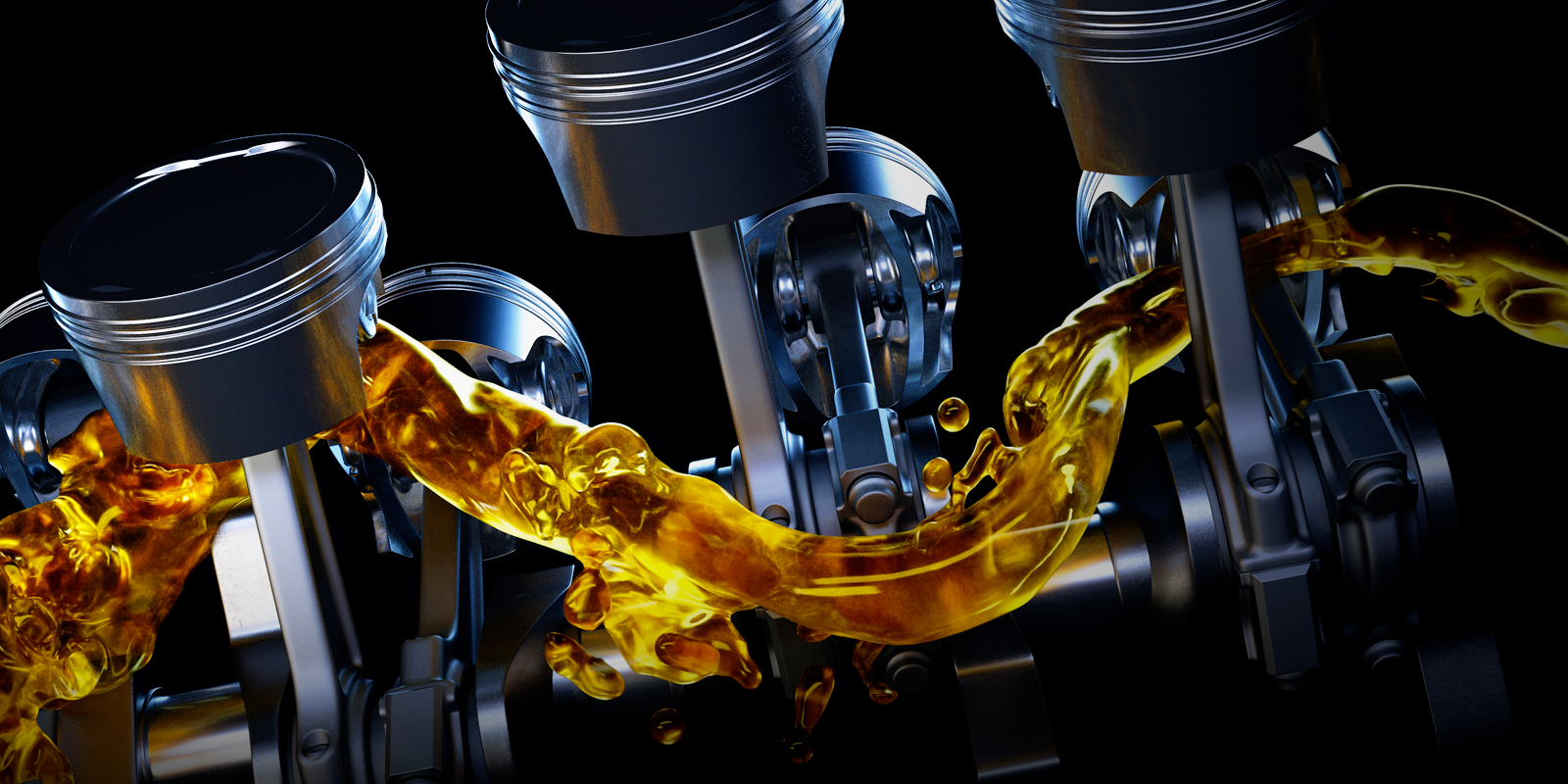
Driven Racing Oil developed the original high zinc, petroleum and low detergent break-in oil over twenty years ago. Break in oil is a specialty oil that reduces wear and contaminates when breaking in a new high-performance engine. It provides controlled friction for your piston rings and incredible protection that helps your camshafts break in properly.




